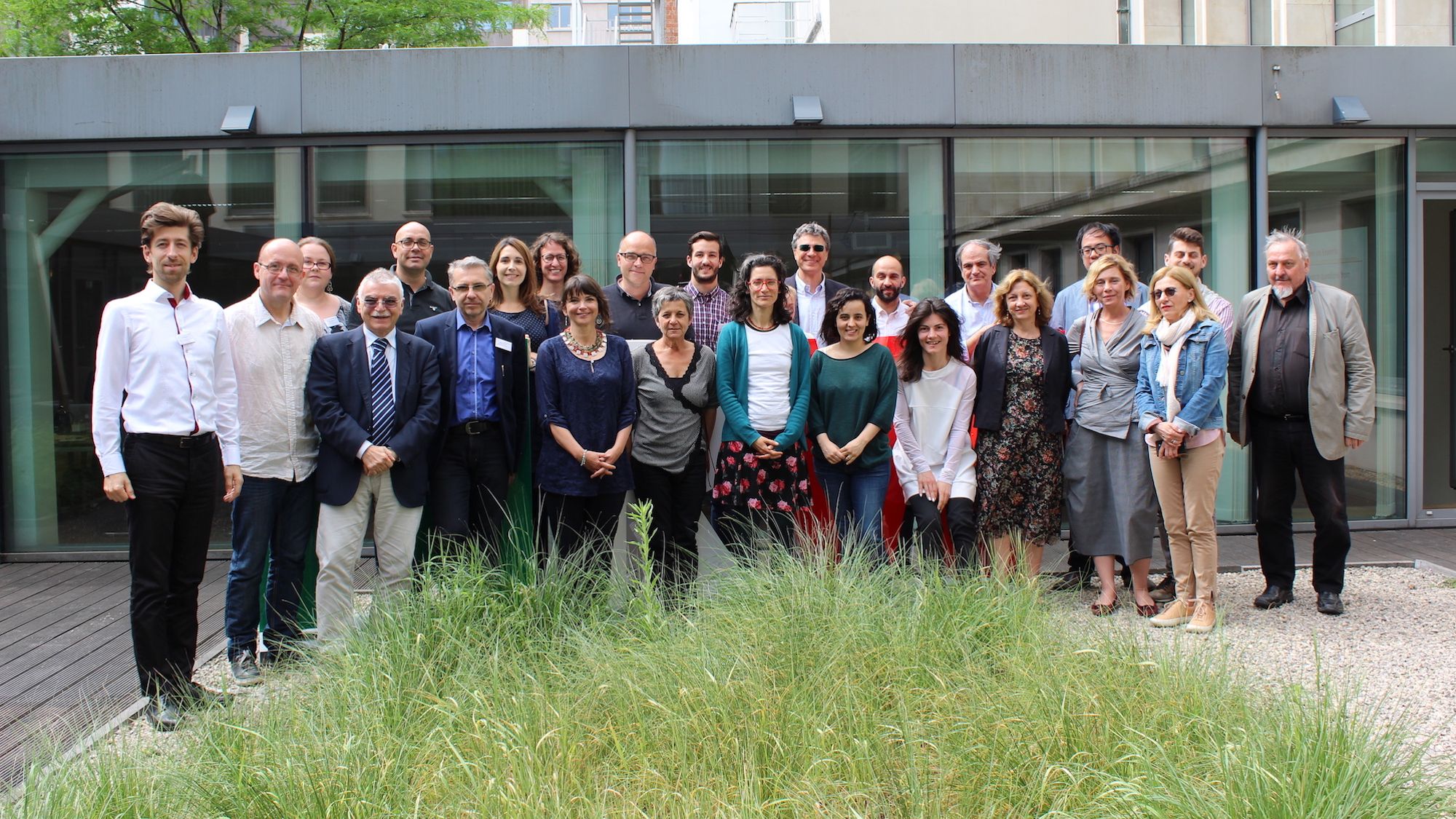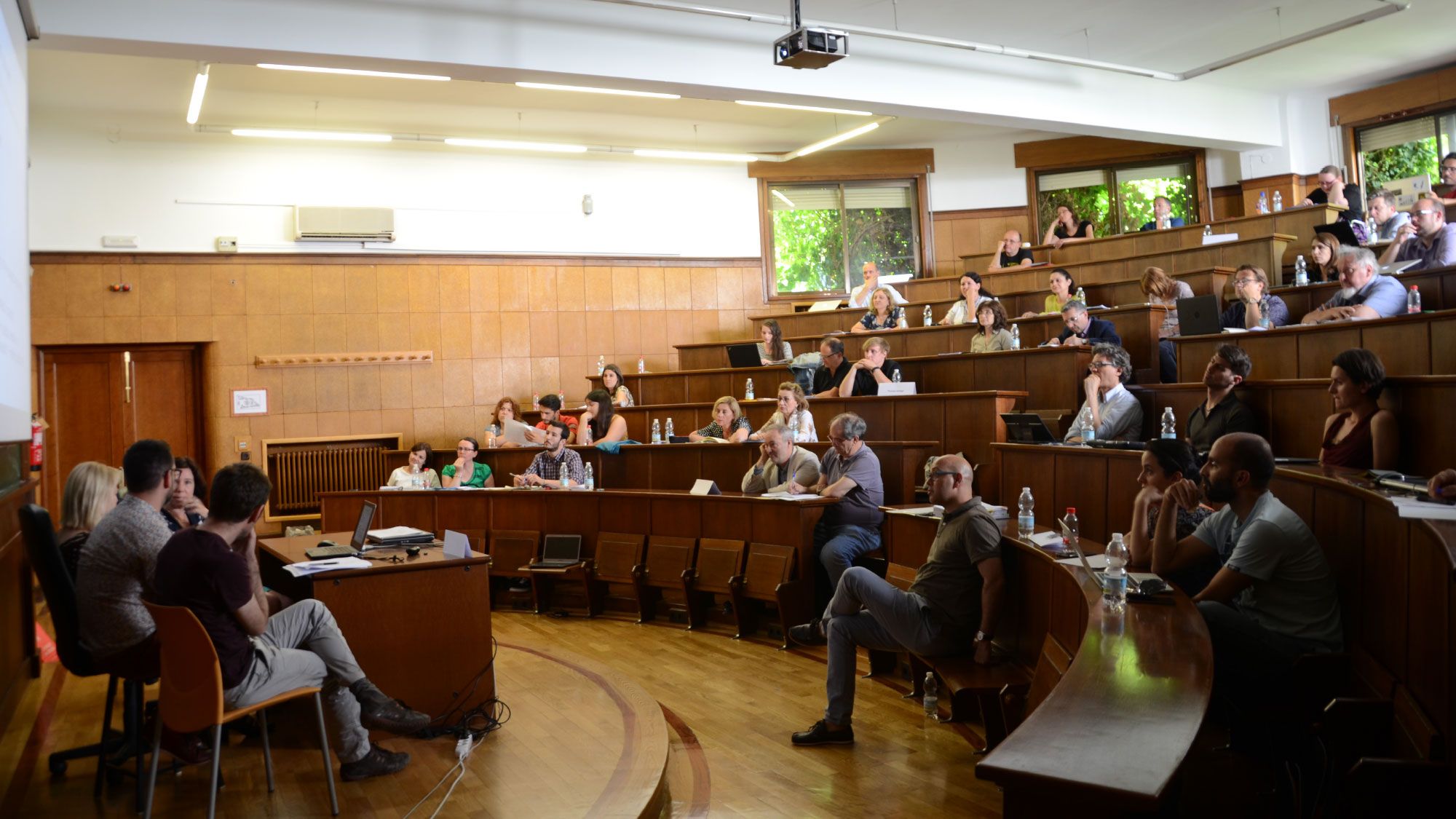Early School Leavers
During the recent decades educational participation has grown everywhere, although in different ways in countries with different educational systems and traditions. The increasing educational level of young people and the changes in labour market are causing important changes in school to work transition, in particular, and in young adults life course in general (Parreira do Amaral et al. 2015).
Research shows that having a degree of at least upper secondary education increases one’s opportunities in lifelong learning and labour market. Leaving school without qualifications is also correlated with poor health and inactive citizenship (Vanttaja & Järvinen 2006).
Following the Lisbon Strategy, the European Commission created the concept of Early School Leaving (ESL). Early school leaving refers to people aged 18 to 24 who leave education and training without attaining upper secondary qualification or equivalent. In spite of this “official” definition, Early School Leaving is a multi-meaning concept depending on the educational realities in different transition regimes.
EU political discourses emphasize the linkage between early school leaving, unemployment and social exclusion and defined early school leavers as one target group for education, labour market, social and youth policy (Rocha et al. 2015). In many EU countries early school leavers tend to come from disadvantaged social backgrounds, migrant backgrounds and be predominantly young men.
Reducing early school leaving is currently a main target for EU member states and policy makers and a major challenge for national and regional education and training systems. All EU countries have committed to reducing early school leaving rate to less than 10% by 2020 (EU, 2010). However, this not means all EU member states share similar approaches and viewpoints. Policies and strategies for preventing and reducing early school leaving vary across countries and regions.
In YOUNG_ADULLLT project young school leavers is understood as a policy concept that needs to be analyzed according to national and regional settings and educational policies. This understanding requires an analysis how young school leavers is socially and politically constructed.
References
Dale, R. & Jones, P. (2009). Early school leaving: lessons from research for policy & practice, Nesse report. Download: www.nesse.fr.
European Commission. (2010). EUROPE 2020. A strategy for smart, sustainable and inclusive growth, Brussels: EU. Available online: http://ec.europa.eu/eu2020/pdf/COMPLET%20EN%20BARROSO%20%20%20007%20-%20Europe%202020%20-%20EN%20version.pdf.
Müller, W. & Gangl, M. (Eds.). (2003). Transitions from education to work in Europe. The integration of youth into EU labour markets, Oxford: University Press.
Parreira do Amaral, M., Dale, R. & Loncle, P. (Eds.). (2015). Shaping the Futures of Young Europeans: education governance in eight European countries, Oxford: Symposium Books.
Rocha, C, Macedo, M, Araújo, H. C., Clycq, N. & Timmerman, Ch. (Eds.). (2015). Educational policies and early school leaving, Educação, Sociedade & Culturas, 45 Available online: http://www.fpce.up.pt/ciie/?q=publication/journal-educa%C3%A7%C3%A3o-sociedade-culturas/edition/educa%C3%A7%C3%A3o-sociedade-culturas-45-0.
Vanttaja, M. & Järvinen, T. (2006). The young outsiders: the later life-courses of ‘drop-out youths’, International Journal of Lifelong Education. Vol. 25, No. 2, pp. 173-184.
Walther, A. & Pohl, A. (Eds.). (2005). Thematic Study on Policy Measures concerning Disadvantaged Youth. Final Report. Available online: http://ec.europa.eu/employment_social/social_inclusion/docs/youth_study_en.pdf.
(Natália Alves, Aina Tarabini, Xavier Rambla & Antonio Luzón)
























